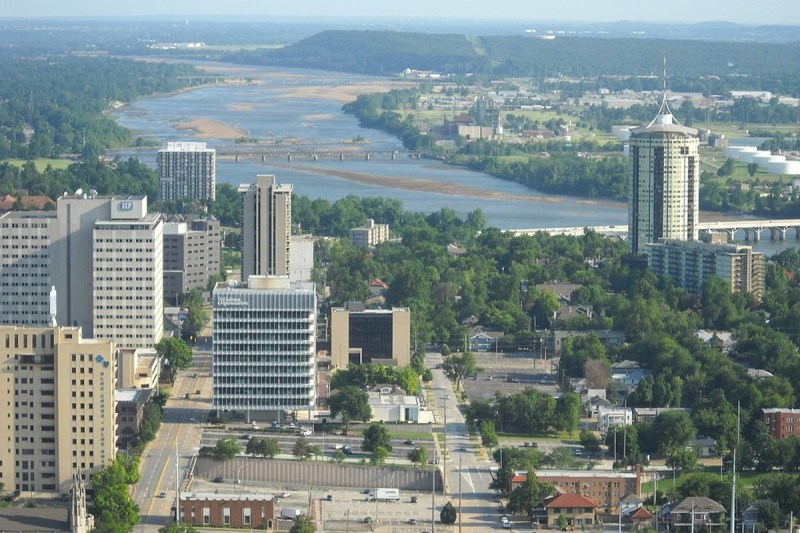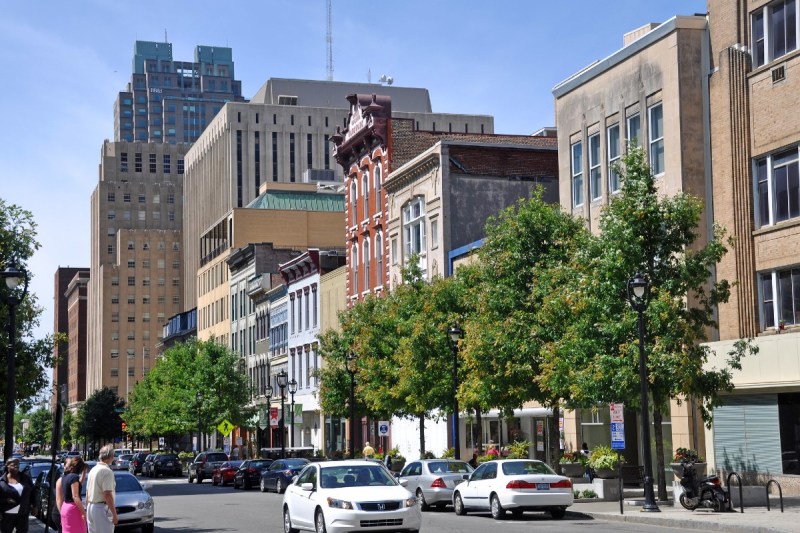As a young professional, you’re often asked, “What do you want to do?” Not as often, though, are you asked, “Where do you want to live?” This is just as integral, if not more, to your vocation. After all, you might want to be a deep-sea welder, but you’re likely to find more openings in Houston than in Indianapolis.
There are also so many cultural, economic, and social considerations when trying to figure out where to go to plant your first stake. Today’s young professionals generally want to live in a city with good jobs, people their age, and things to do. They also want to live in a place they can afford and afford to grow wealth.
While there are many options out there, The Manual can help guide you with the 10 best U.S. cities and towns for young professionals that offer a place where careers can take off, that have a lot of recreational options to explore, and that won’t break the bank.
We’ll compare housing to the U.S. average home price of $453,700 and average monthly rent of $1,100, as estimated by Statista in 2021. Credit also goes to school-ranking website Niche, whose 2020 rankings provided the foundation for this research. Millennials in this post are defined as those ages 25 to 34, which makes up the majority of millennials, who turn ages 26 to 41 in 2022.
Cambridge, Massachusetts
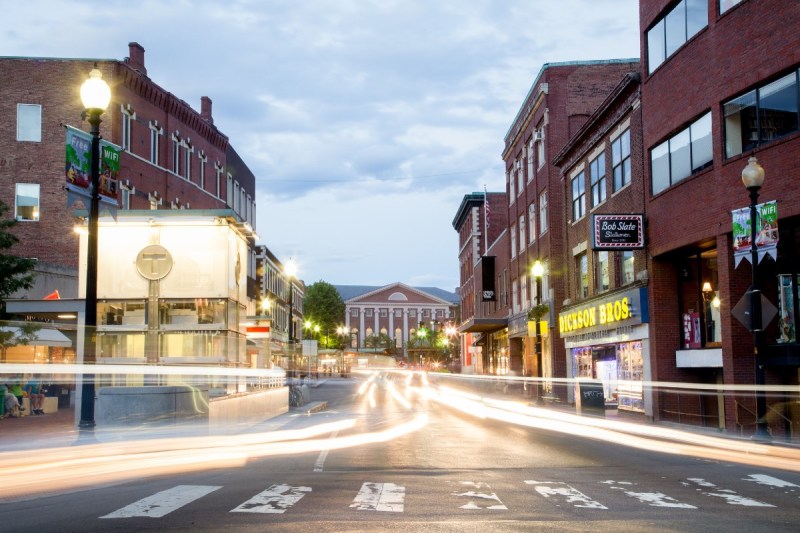
Millennial percentage of population: 28%
Median home price: $719,300
Median rent: $2,071
Just northwest of Boston, and just across from where the Charles River flows into Massachusetts Bay, sits Cambridge, one of the most educated and engaging small urban centers in the United States.
The Massachusetts city boasts a population of just 116,632, but as the home of Harvard University, there’s a critical mass of uber-educated folks. Subsequently, living in Cambridge offers residents an electric, engrossing urban feel, with bars, restaurants, coffee shops, and parks packed into crowded, colonial streets.
“Fun place to live with lots to do!” one current resident wrote. “Close to everything. Far enough from the busy city, but still feels like a large community.”
The university town also houses many young professionals, and residents tend to be liberal. For parents, Cambridge’s public schools are highly rated.
Washington, D.C.
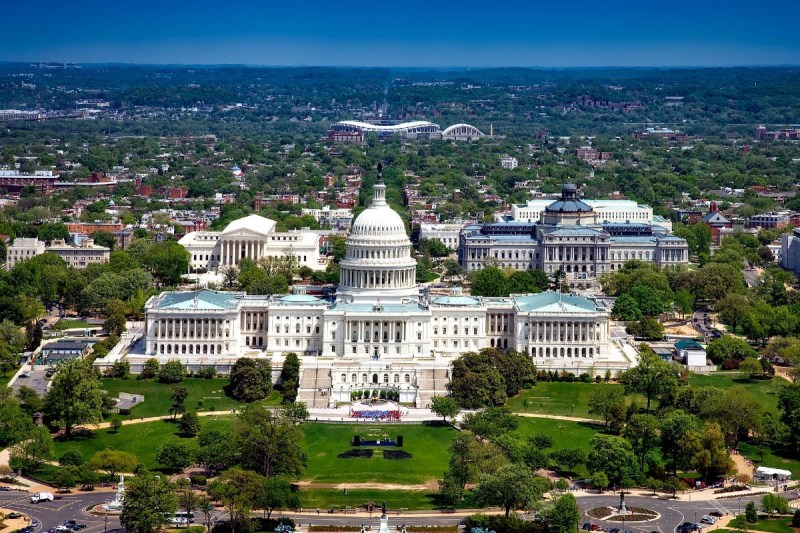
Millennial percentage of population: 28%
Median home price: $601,500
Median rent: $1,541
Just down the coast from Cambridge is the nation’s capital — one of the most fun, diverse cities in the world. Washington, D.C. also features a healthy yet not overwhelming population of about 700,000. Living in Washington, D.C. offers residents a dense urban feel, with most typically liberal residents renting their homes. In addition to an almost endless selection of bars, restaurants, and coffee shops, D.C. features numerous parks and open spaces.
“I like that Washington, D.C. balances the convenience of access to city amenities alongside nature. Lots of areas are pretty. However, it could use a better sense of balance between ‘rich’ and ‘poor’ areas from gentrification,” one Niche reviewer wrote.
This is the downside to D.C. When schools and neighborhoods tend to be poor, they can be downright bad and sometimes dangerous.
Minneapolis, Minnesota
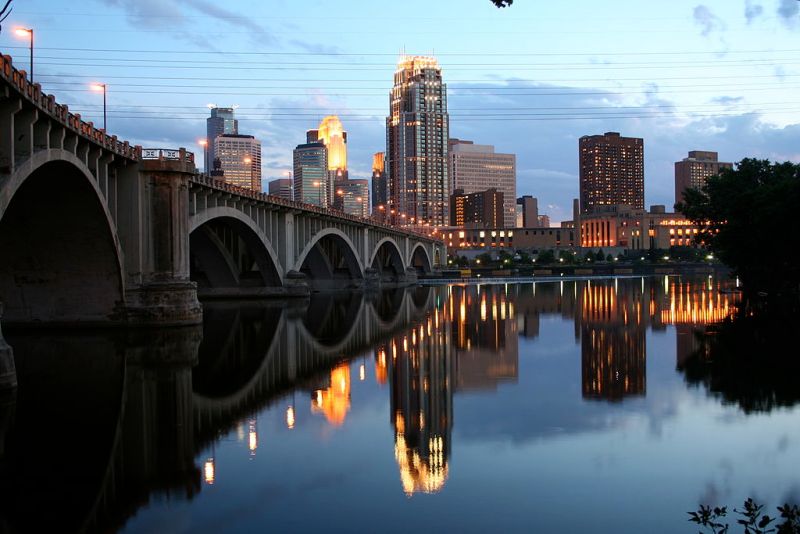
Millennial percentage of population: 29%
Median home price: $251,600
Median rent: $1,027
Not only do millennials make up much of the Minneapolis, Minnesota population, but the percentage of young adults ages 20 to 34 years old is even higher, reaching almost 40% of the population.
The western and most populous half of the Twin Cities (with St. Paul the other half), Minneapolis is a hub for college grads and young professionals. Companies like Target, 3M, U.S. Bank, and Buffalo Wild Wings are just a few of the major corporations that make a home in the Great North, driving an above-average labor force participation (88.1%) and employment rate (84.1%).
Minneapolis, Minnesota is not only a great place for young professionals to be among peers, but the city features more affordable housing than most American cities, immense and unique global diversity, and a number of lakes and waters in town with the Mississippi River cutting straight through its heart.
Though winters are beyond chilly, Minnesotans also have carved a distinct culture out of the frozen environment.
Nashville, Tennessee
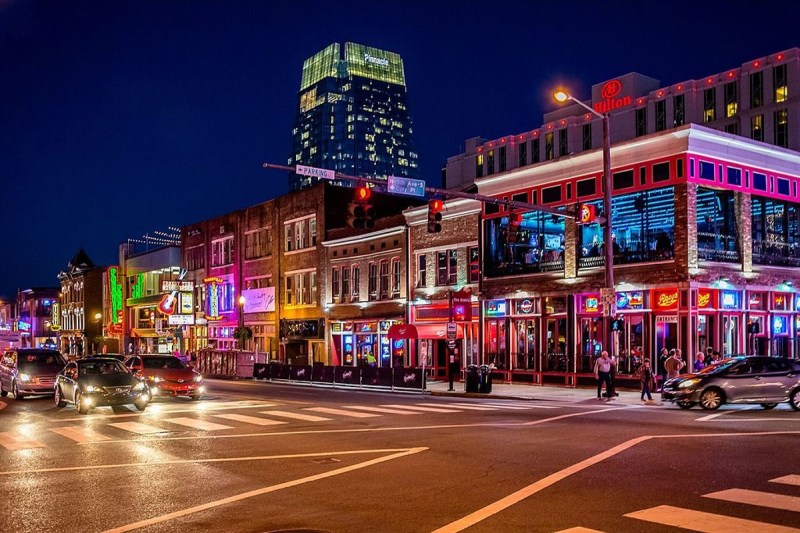
Millennial percentage of population: 30%
Median home price: $437,176
Median rent: $1,694
Nashville, Tennessee may be known for being home to the country music scene, but this is only the beginning of the Music City’s audial options. In addition to its rich sound, Nashville offers a culture steeped in Southern goodness: food, fantastic sports, and many more fun times all located in what still feels like a small downtown.
In addition to Nashville’s rich culture is a thriving local economy that’s fed by prestigious colleges and universities. This Middle Tennessee hub features so much for job hunters, including health care companies, education firms, entertainment enterprises, manufacturing, distribution, and technology.
Millennials make up almost one-third of the population and most of the people in Nashville are working (87%, in fact). Businesses tend to pay well, housing costs tend to be lower than other metropolitan areas (though rent can be high), and there is a lot to do and people to meet in your off time.
Madison, Wisconsin
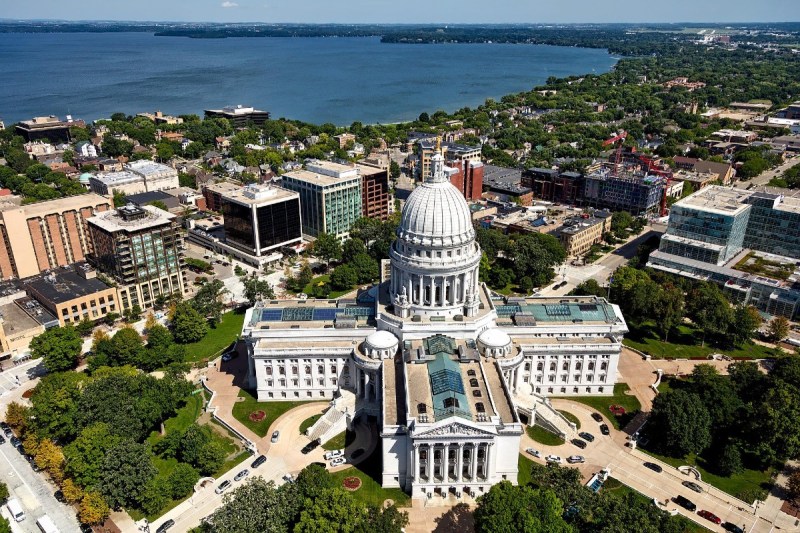
Millennial percentage of population: 27%
Median home price: $371,735
Median rent: $1,411
Another capital university town, Madison, Wisconsin offers many of the same amenities as Nashville with a different cultural flair. The Mad city is known for mad fun amid a rich dining and well-educated Midwest culture.
The home of the University of Wisconsin, Madison’s ensuing population tilted massively toward the young end of the scale with 40% of people in the 20 to 34 age range, which is well above the typical average. As the seat of the state government, Madison’s labor force is both above average and educated as well (86% employment rate). Unemployment is almost nonexistent at 1.4%. Even better, Wisconsin offers a low cost of living in addition to high incomes and under-market housing prices.
There are bars and venues aplenty when residents want to stay indoors, and located on an isthmus between Lake Mendota and Lake Monona. Just get ready for the cold.
Kansas City, Missouri
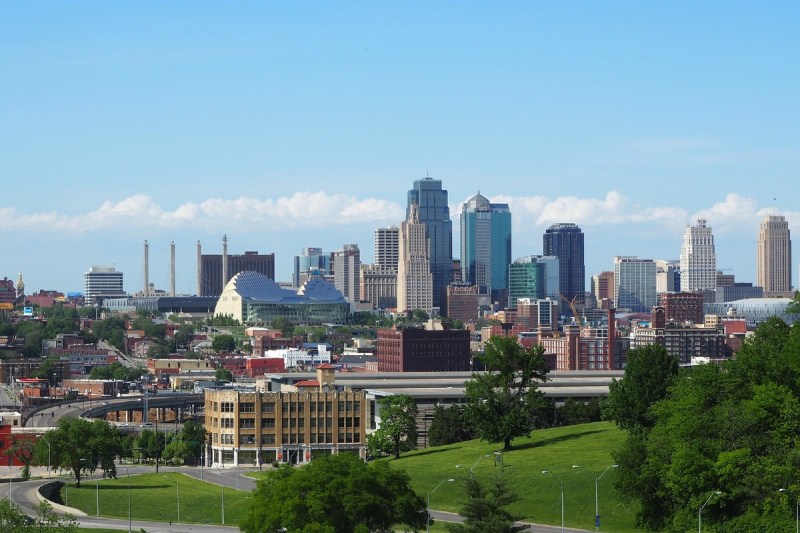
Millennial percentage of population: 26%
Median home value: $154,600
Median rent: $941
Kansas City, Missouri epitomizes many cities on this list: clean, fun, and affordable. This town offers all the amenities and activities of a larger town, but with the feel of a smaller city. Put your ear to the ground, though, or your nose in the air, and you’ll find what makes Kansas City distinct — barbecue and jazz.
A grilled meat capital, the town was also a hub for jazz’s origin with artists like Charlie “Bird” Parker and Big Joe Turner. Nowadays, this jazz scene has expanded into a rich musical scene to go along with over 50 barbecue restaurants that arose from the many “pits” serving up smoky fare for music seekers.
This youthful influence is still apparent in Kansas City, with over a quarter of its downtown population in the millennial range. These folks also tend to be working with a total unemployment rate of just under 3%. Combine that with a very low median home value, affordable rent, and a welcoming, small-town feel with big-city amenities, and K.C. is a solid place to call home.
Indianapolis, Indiana
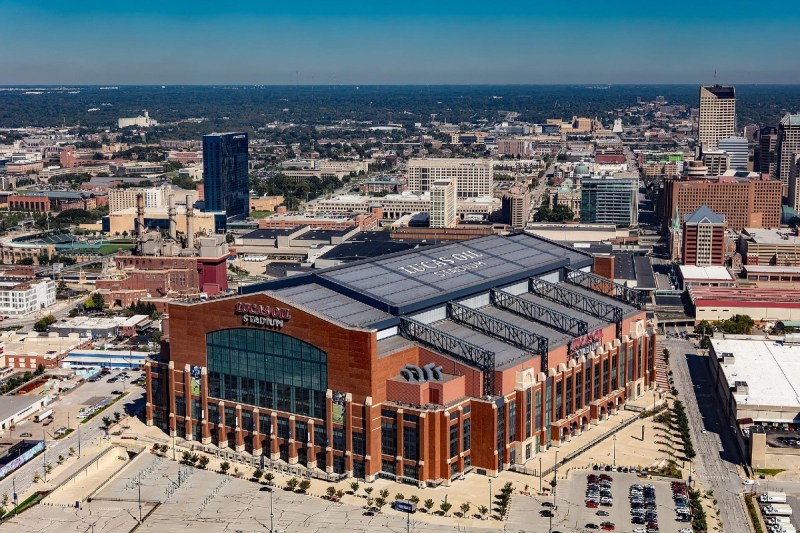
Millennial percentage of population: 25%
Median home value: $140,000
Median rent: $829
Amid other thriving American options, Indianapolis, Indiana can often get lost in the mix, but don’t forget about the capital of the Hoosier state. With a downtown still characterized by a dense suburban feel among the early 20th-century brick buildings, a dynamic sports scene, and one of the best growing sustainable food and agriculture scenes in the country, Indianapolis can be a great place for millennials to live.
While the youthful population is not as high as other cities on this list, Indianapolis boasts a minuscule 2% unemployment rate with a wide selection of petroleum, banking, education, and additional organizations. The average income for these positions falls below the national average, but housing costs are rock bottom for urban centers (representing only 18% of total income), and there are numerous art galleries, music venues, sports bars, and other locales sitting at “The Crossroads of America.”
Tulsa, Oklahoma
Millennial percentage of population: 26%
Median home value: $137,000
Median rent: $892
Are park spaces, open lands, cheap rent, and easy living on your list of requirements for a place to move to? You can find everything you need in Tulsa, Oklahoma. Another flyover town, Tulsa is easy to forget on your way to the coast, but check in to T-Town and you’ll realize why the town is attracting an influx of young folks to its broad corridors.
Straddling the Arkansas River, Tulsa boasts Gathering Place, the largest park in the state. Its many trails, waterfront grounds, playgrounds, sculptures, and restaurants lead north to Route 66, which cuts right through the heart of town.
Also nicknamed Oil City USA, Tulsa used to be one of the richest cities in the country, per capita. That influence is still there, and a major reason why Tulsans tend to be employed. With plenty of room to expand, the living tends to be cheap. There are spacious grounds that extend to downtown, barbecue mixes with Tex-Mex to bubble up a lively culinary landscape, and a night music scene that bursts from bustling streets.
Chattanooga, Tennessee
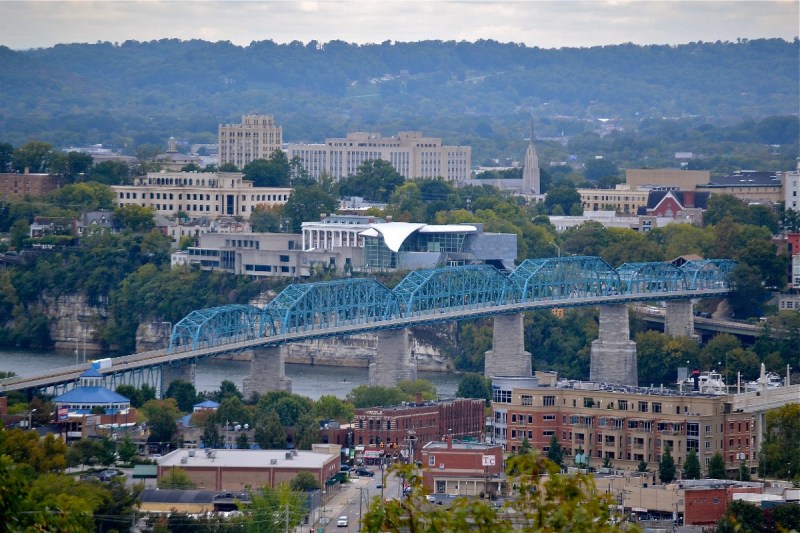
Millennial percentage of population: 26%
Median home value: $167,500
Median rent: $859
For more than two decades, Chattanooga, Tennessee transformed itself into one of the nation’s fastest-growing hubs for tourism, technology, and outdoor activity. “Gig City” was the first U.S. town to roll out a citywide gigabyte network that provided fast and cheap internet access to every resident. This innovative infrastructure attracted tech companies and startups looking for an inexpensive alternative to New York City or San Francisco. Not only is the Scenic City cheap compared to the nation, it’s even one of the most affordable places to live in the state.
It’s home to many health care and auto companies, which means millennials moving to Chattanooga won’t want for work. They will also find plenty of outdoor activities, a bursting culinary scene, athletics galore, as the home of the University of Tennessee, and of course, a rich, Southern music culture.
Situated along the Tennessee River in the foothills of the Appalachian Mountains, it’s also easy to navigate Chattanooga with the Incline Railway scaling steep Lookout Mountain before reaching Ruby Falls waterfall and Rock City, featuring sweeping views of sandstone formations and gardens. On top of culture, employment, and fun, the town is also a historic hub with places like Point Park (also atop Lookout), a Civil War battleground.
Raleigh, North Carolina
Millennial percentage of population: 29%
Median home value: $248,000
Median rent: $1,100
Since 2014, Raleigh, North Carolina has been considered a millennial boomtown, attracting young folks from across the country searching for a better alternative to paying exorbitant rents on either coast.
Raleigh is a large city that carries more than a little Southern small-town charm. Nicknamed the “City of Oaks,” the North Carolina hub prides itself on hospitality and a slower pace of life as opposed to a big city rush.
This quaint feel might bely the fact that Raleigh sits in a hub for one of the more educated sections of the country, as the city is surrounded by elite universities. These institutions attract an incredibly diverse culture, top-of-the-line health care, and a huge amount of employers. Combine this with lower-than-average housing costs, award-winning cuisines, lively, year-round festivals, and temperate weather, and Raleigh is a great option for millennials looking to get a step up in the world.
The Last Word
While the above list is a great resource for exploring your options for living across the United States, it should not be viewed as definitive, but rather as a beginning to explore many of the great towns across the country. Barely slipping from this roundup, for example, were Columbus, Ohio, Des Moines, Iowa, St. Louis, Missouri, and Omaha, Nebraska, If you’re looking for an inexpensive American city to explore, any of the above towns are easy, entertaining places to stop in for a visit.
